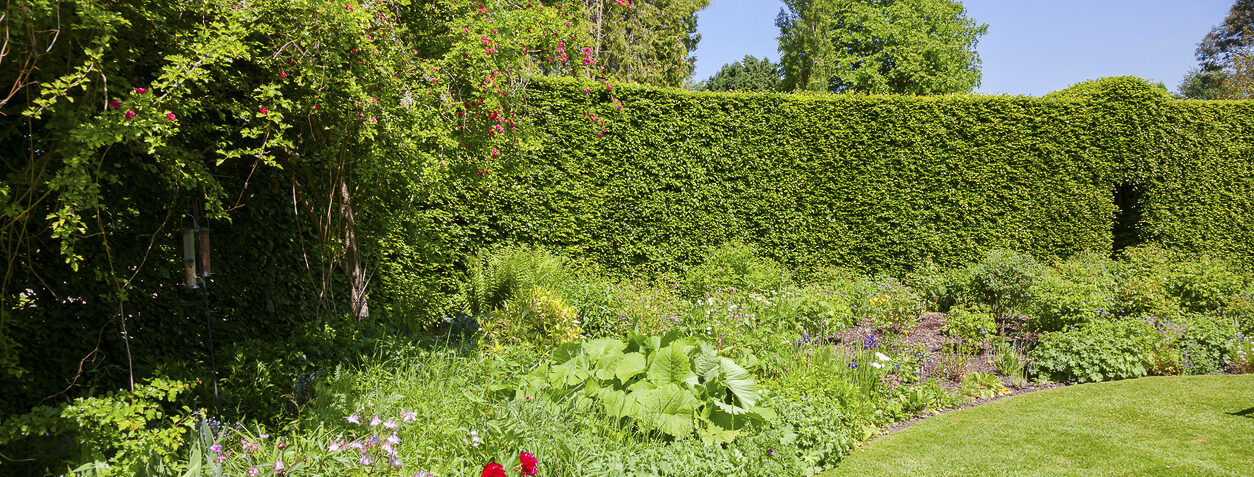
Definitions of hedge include:
A fence or boundary formed by a dense row of shrubs or low trees.
A means of protection or defence.
To do things that will prevent great loss or failure if future events do not happen as one plans or hopes. Hedging allows you to limit your losses.
This is a gardening blog, so I’m sure you are thinking ‘yes of course’ to the first two, but wondering where I am going with the last definition. You have probably heard the term ‘hedge your bets’. It is a phrase that denotes caution. To hedge your bets is to protect yourself from making a bad choice or decision whichever way the situation develops. So how does this relate to privet and hawthorn and leylandii? The answer to that is climate change.

The last few years have shown us images from around the world of fires, floods and devastating storms. It is bad enough for the people and wildlife to experience even one of those disasters, but some places have had one followed by another.
First, the fires which destroy both homes and forests. Gone are the plants whose roots hold the soil together. If followed by torrential rain or flooding the soil gets washed away, devastating an ecosystem which has evolved over millennia.
Climate change is an undeniable reality, but its severity remains uncertain. So let us hedge our bets by planting hedges!
Fences Vs Hedges
Thinking of the first two definitions, both hedges and fences define a boundary, provide protection, security and some privacy. In a small garden a fence will take up less space than a hedge giving you more room, but still allow you to grow climbers to soften the look. Fences are very good for keeping young children and pets safely contained. Putting up a fence also provides instant privacy compared to waiting for a hedge to grow.

Hedges on the other hand, are a living growing investment. They are much cheaper than fencing if you are prepared to wait for them to grow and establish. Patience is key. If you want a hedge and instant privacy they will be more expensive.
Hedges reduce both noise and particle pollution making them ideal if you live near a busy road.
They quell the cacophony of urban life, creating a respite for the soul. Evergreens like cherry laurel, yew, and Thuja, dense and impenetrable, act as nature’s sound barriers. (Thuja is an easier to care for alternative to leylandii.) Plants with smaller, rough or hairy leaves are best for trapping air pollution. Examples include cotoneasters, Elaeagnus ebbingei, yew and Thuja.
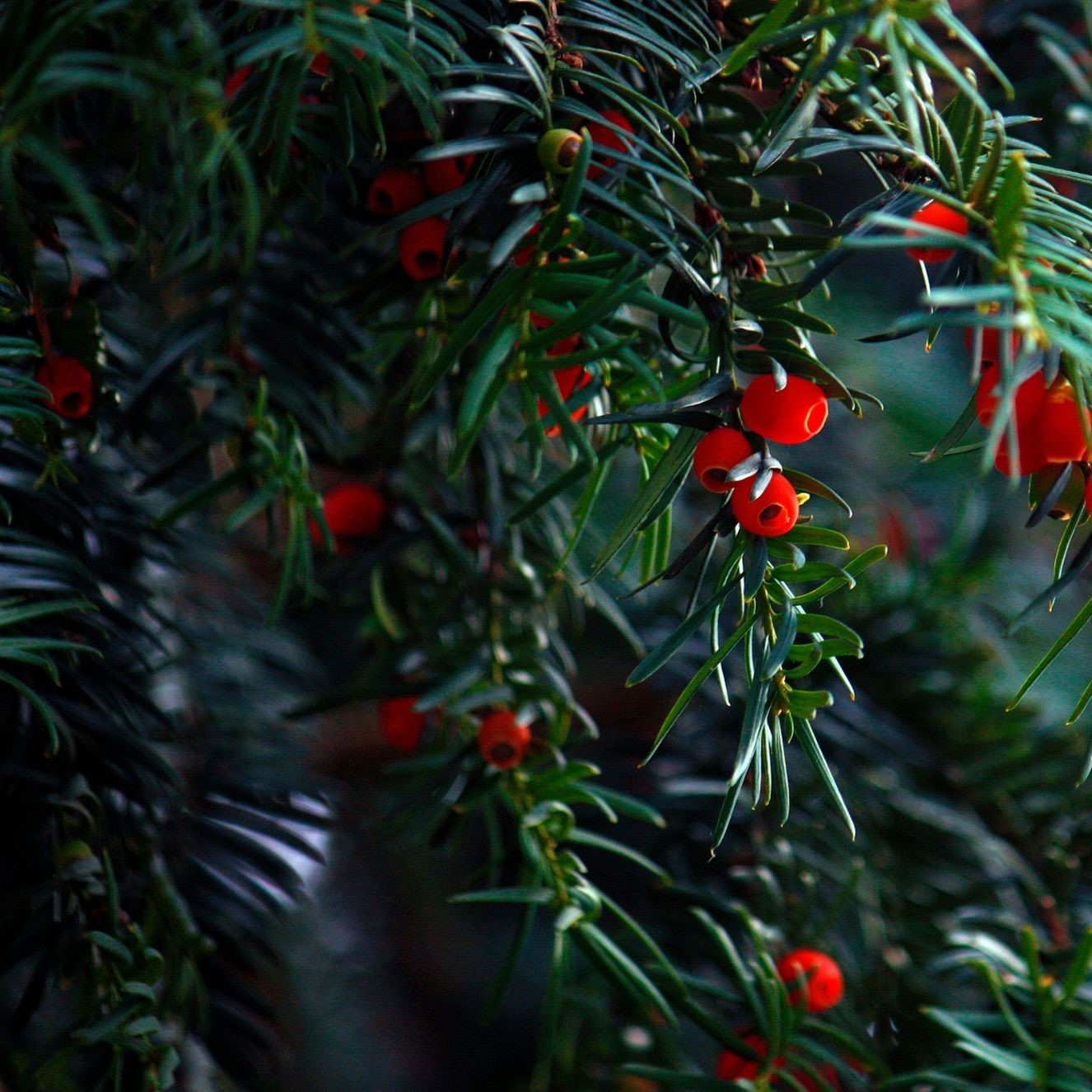
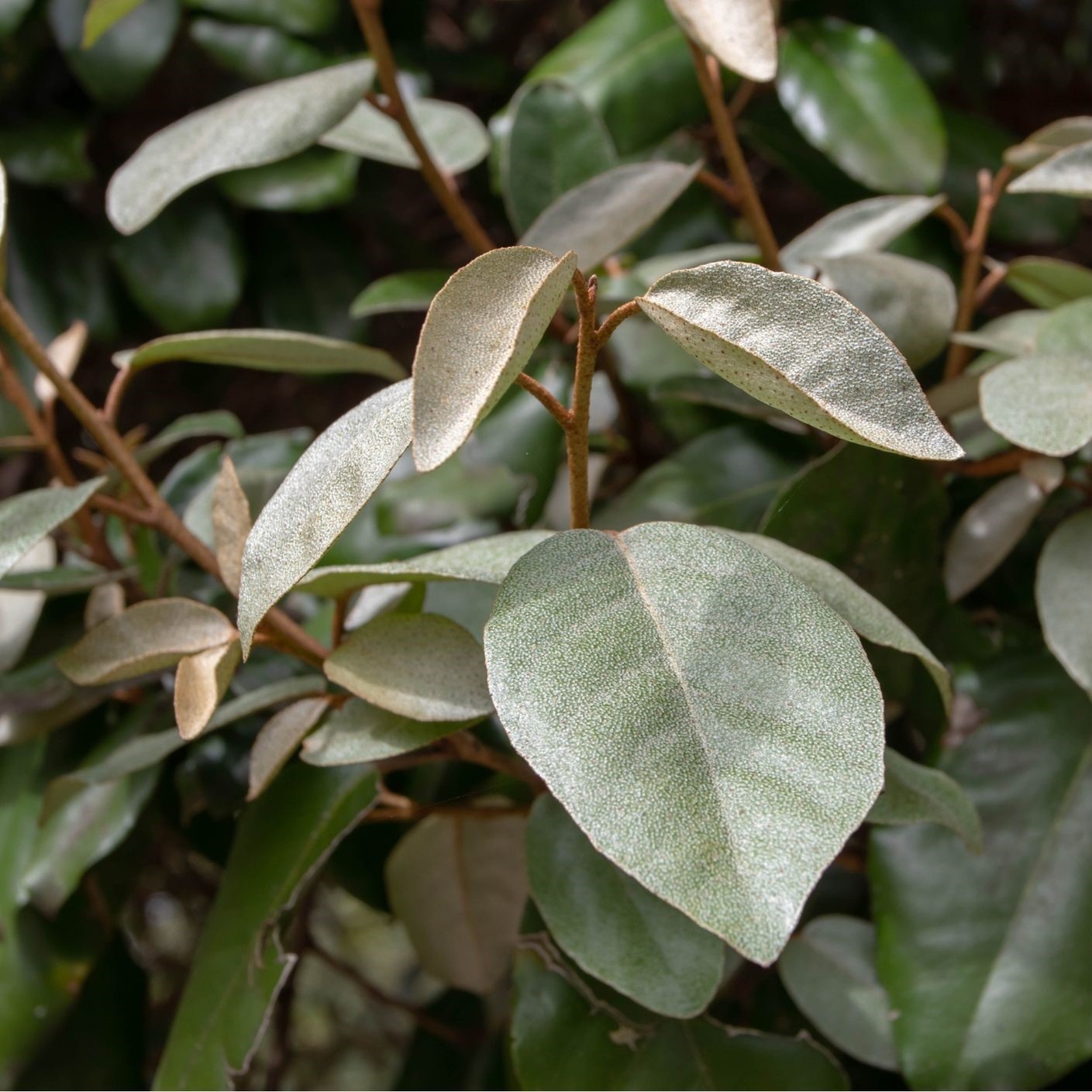
Hedges are fantastic wind-breaks. They reduce the force of wind by filtering it through their mesh of branches and foliage rather than blocking it like a fence. They move and bend with the wind so are less likely to be damaged than a fence during a storm. They create less turbulence in the airflow which can damage plants and structures downwind of a fence. In fact the microclimates created downwind of a hedge can be great for expanding your planting possibilities.
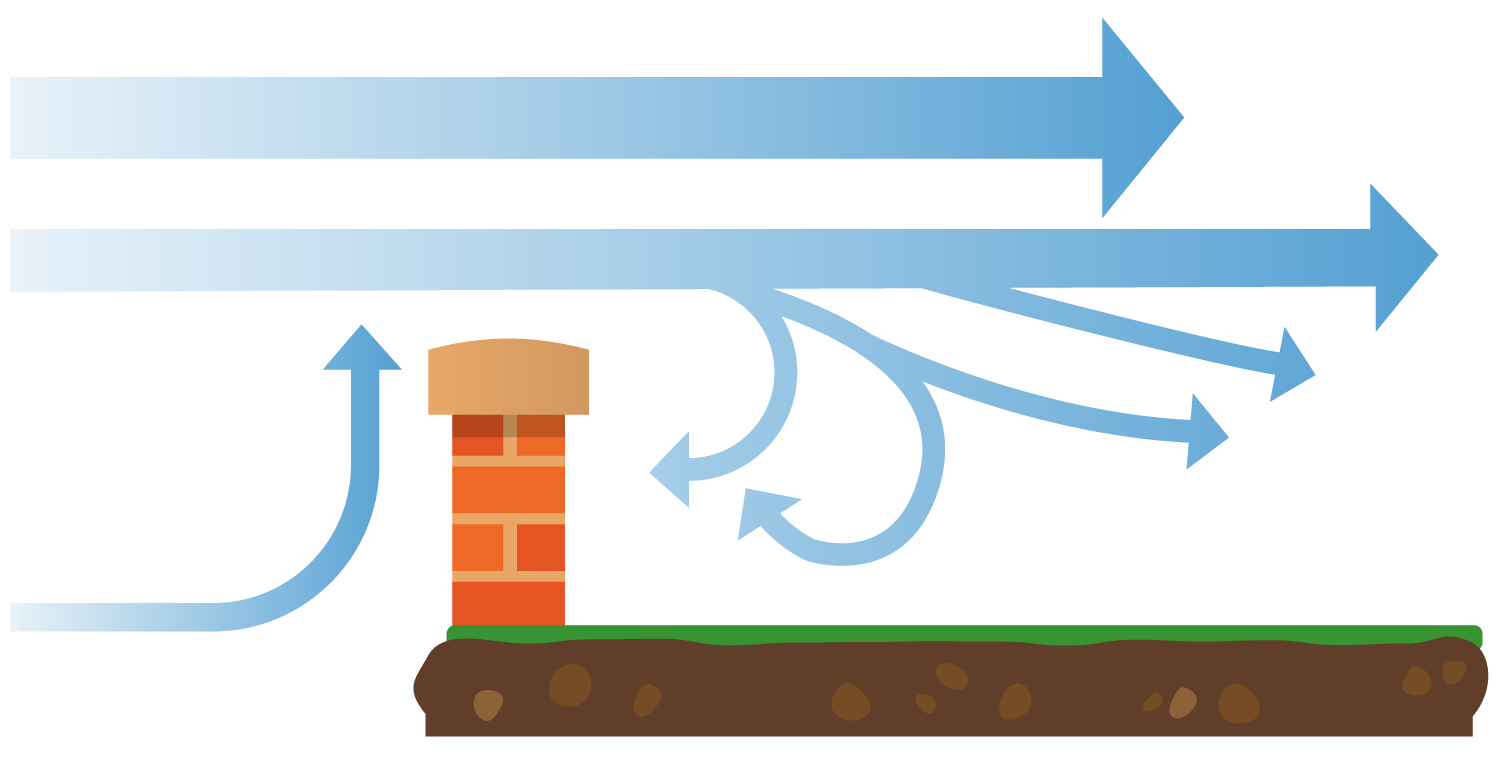
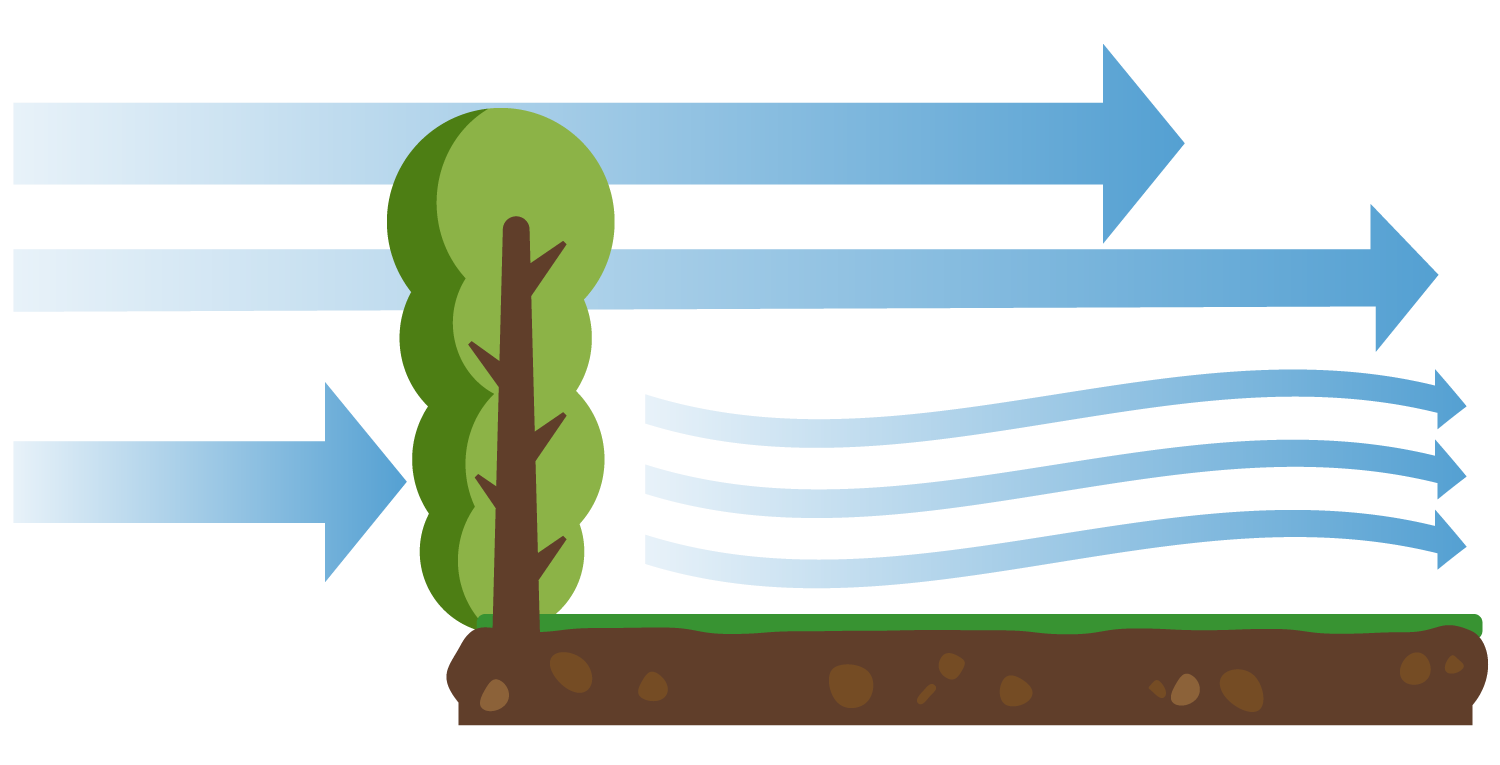
Hedges don’t just have to be for boundaries, they are great for dividing larger gardens and hiding the unsightly amenities like dustbins. Low hedges are excellent for edging and giving formality and structure to spaces. They beautifully contrast the modern trend of prairie and meadow planting.
Where would old National Trust properties be without a maze made of beautifully clipped yew? A maze constructed from fencing panels just doesn’t have the same appeal. I imagine it would feel incredibly claustrophobic; there’s no fun in that!

Both hedges and fences need regular maintenance. If a hedge is kept under control with regular trimming and a little bit of love, it will pay you back in benefits for years to come.
If however they are allowed to grow out of control for a few years, it is a mammoth task to get them back under control.
Why Hedges are Wonderful
Hedges are better than fences for providing shade. They cast cool inviting dappled shadows in the summer. The movement of leaves in the breeze makes the shadows dance across your outdoor space bringing life to your garden in a way that fences cannot.
Let’s face it, fencing isn’t as attractive as a billowing hedgerow from which the morning chorus bursts forth every spring.
Spending time surrounded by green living plants is good for our mental health. Hedges invite us outside to spend time in nature far more than a static fence, no matter how beautifully painted. Hedges are forever transforming chameleons, particularly deciduous ones. They change colour and texture through the seasons. They look different in the morning light compared to the evening light. They change with the weather. Glistening with sparkling raindrops as the sun comes out after a shower or moving in a never ending dance with the wind.
Hedging Our Bets
This is where the third definition of hedging comes in.
To do things that will prevent great loss or failure if future events do not happen as one plans or hopes. Hedging allows you to limit your losses.
Hedging can allow us to limit our losses. To most people this definition mostly refers to financial matters such as betting or hedge funds, but I take it literally. A planted hedge can help us to limit out losses due to climate change. How can it do that?
Helping Wildlife
Hedges can mitigate the loss of habitat for wildlife. Multitudes of creatures large and small live in, feed on or travel along hedgerows. Hedges are the M1 motorways of creatures trying to get around without being spotted by us humans or predators. Hedgehogs hibernate under piles of fallen leaves beneath a hedge in the winter.

Birds nest and raise young protected by thorny plants or dense foliage. Invertebrates making their living on all parts of the soil below and the plants above. The privet hedge next to my garden hosts a multitude of squabbling sparrows who pop into my garden to visit the bird feeder or the pond for a drink and a splash. Gorgeous crazy characters each and every one.
As nature’s larder, many hedging varieties bear fruits and berries that are highly nutritious for humans and wildlife. Blackberries (crumble), sloes (flavoured gin) and elderflowers (cordial) are all favourites of mine for foraging. Blackbirds love rosehips and haws. Squirrels always get to the hazelnuts before me. Blue tits graze on the little bugs and caterpillars that inhabit the hedge. The best hedges for wildlife are mixed hedges containing a variety of flowering and fruiting species. Mixed hedging packs for wildlife often include hawthorn, blackthorn, Rosa rugosa, beech and hazel. Other fantastic choices include privet, pyracantha and yew.
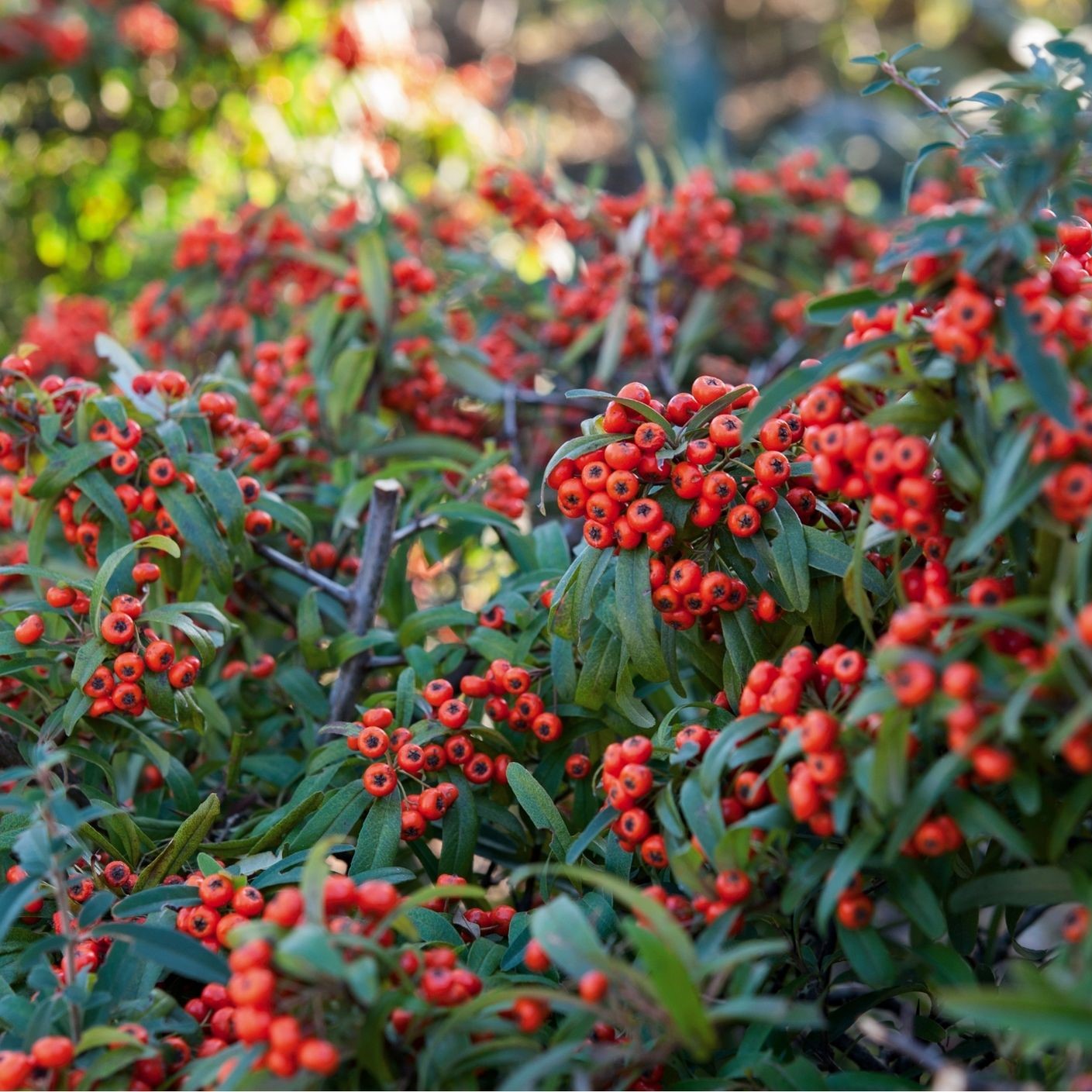
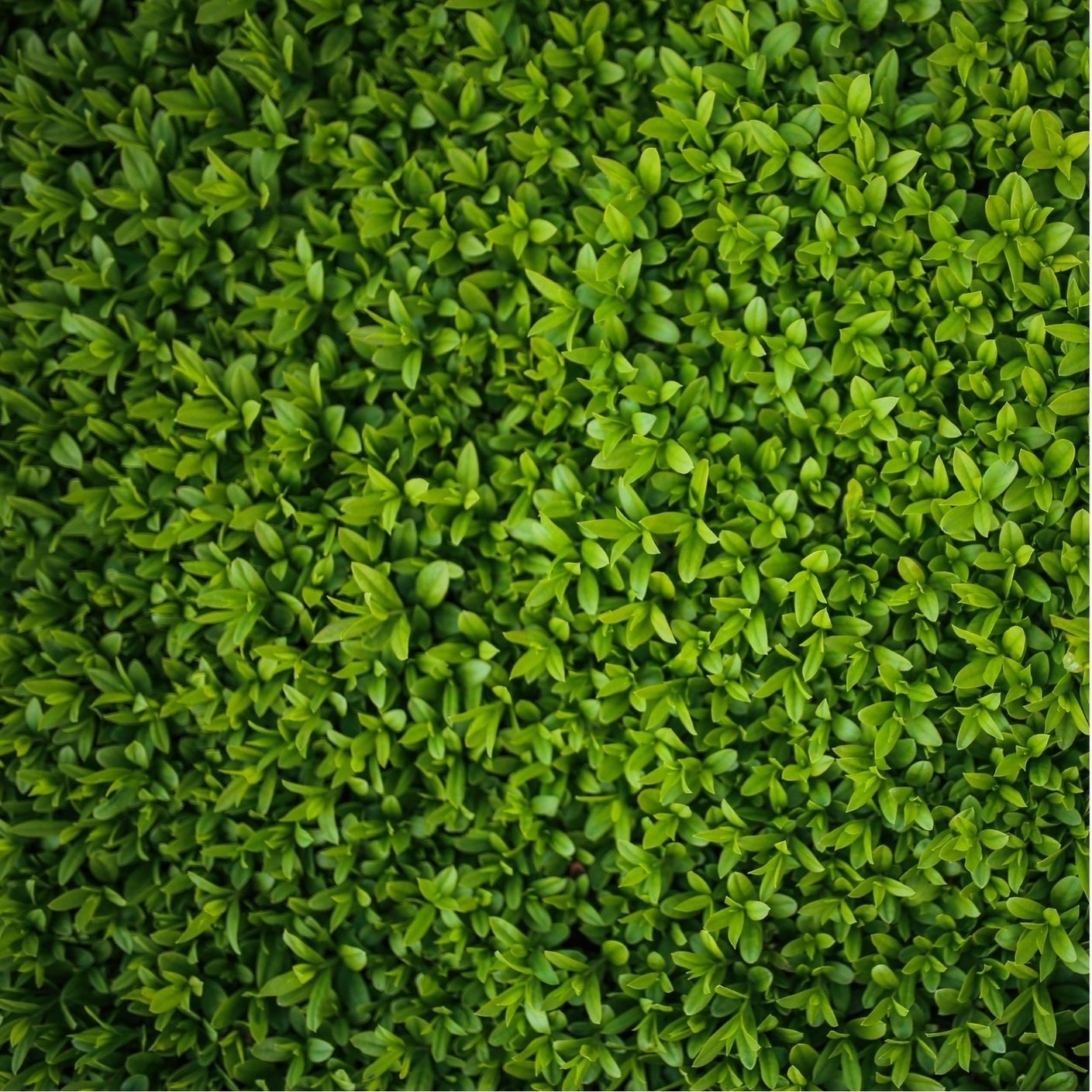
Reducing Carbon Dioxide
Growing hedges sequester carbon from the atmosphere. Fences do not. But some plants absorb more carbon dioxide than others as they are growing. Beech, bay, Viburnum tinus and Thuja are good for this. Once your hedge is maintained at the size you desire by clipping regularly, its carbon storage will not increase significantly.
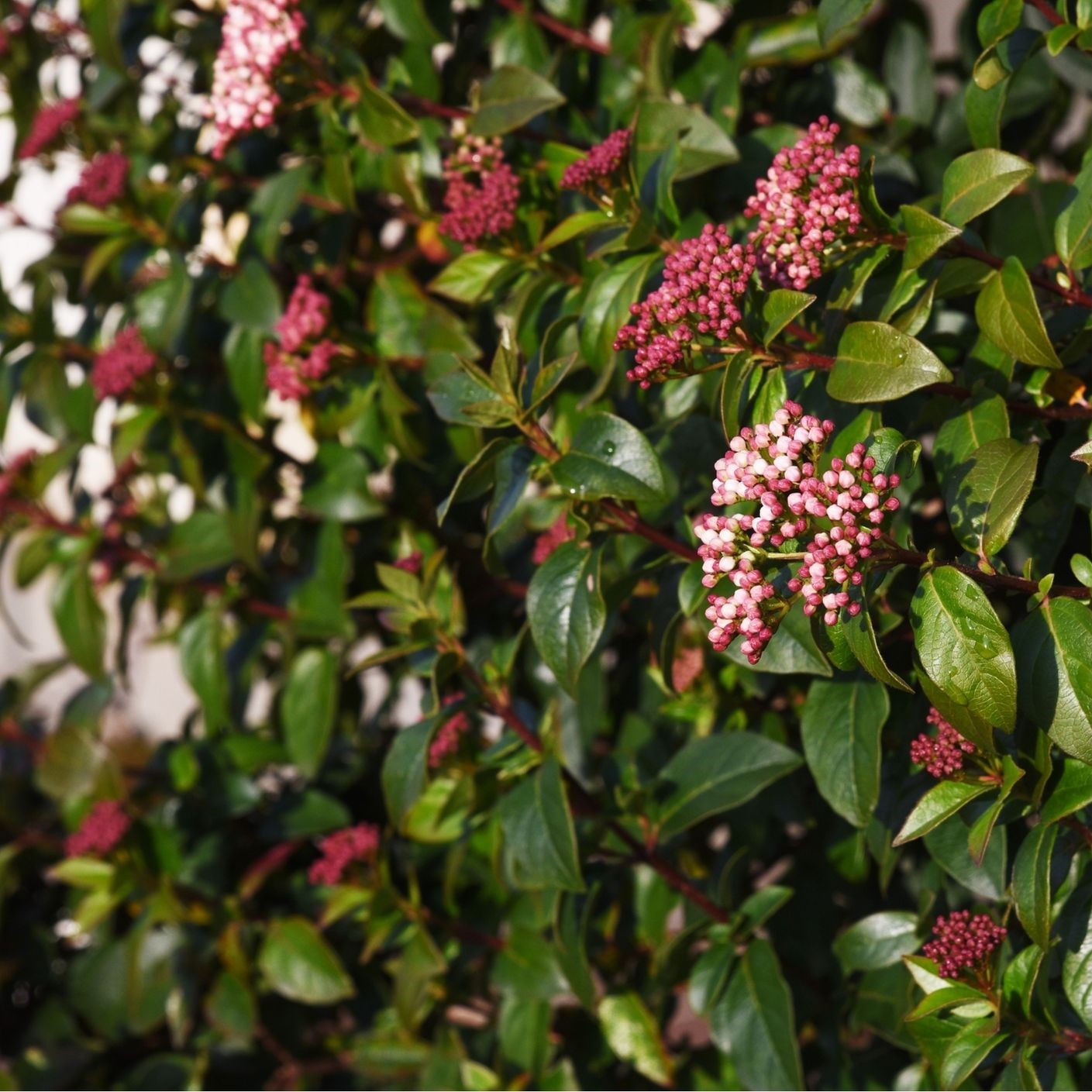
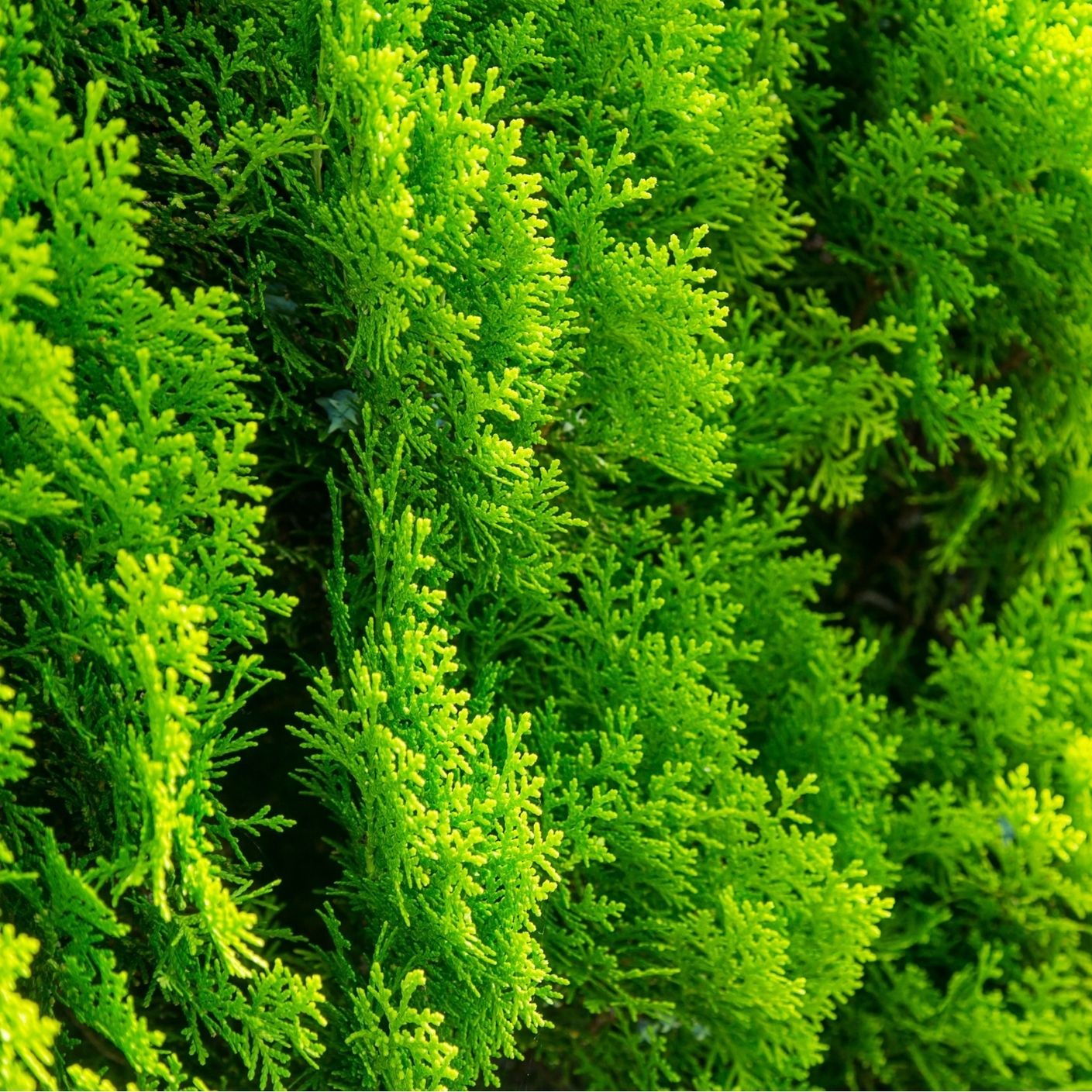
Mitigating Flooding
Hedges are notorious for sucking moisture out of the ground. They can help by absorbing excess rainwater. They slow the runoff which can overwhelm drainage systems and their roots stabilise the soil, preventing it from being washed away. Good choices for mitigating flooding include privet, hawthorn and cotoneasters.
If your soil is naturally on the wet side, willow would make a great hedge. They love a soggy situation and if you start with living willow whips they can be planted to make a ‘fedge’ which is a living woven narrow fence/hedge. But they will need regular clipping to keep them within bounds.
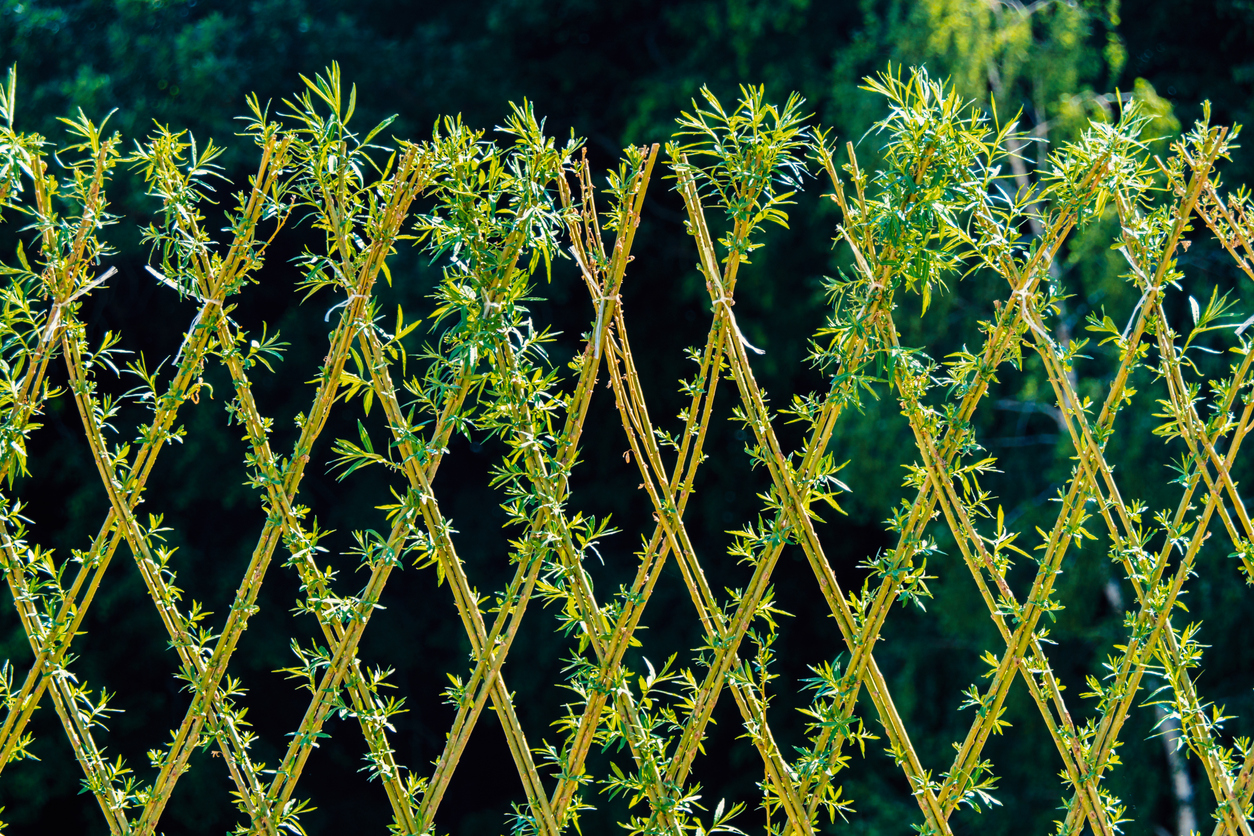
The Past, Present and Future
Regrettably over 100,000 miles of hedging in the UK have been removed since the 1950s, mostly due to agricultural progress. The accompanying decline in wildlife has been devastating. Its unlikely that these miles of hedgerows will be replaced in our countryside any time soon. Even with the new vigour for rewilding, the success stories of places like Knepp are likely to be the exception rather than the norm.
Most of us do not have the space to plant a whole woodland in our back gardens But we can plant hedges instead of erecting fences. I am not advocating tearing down existing well maintained fences because that would be a waste of materials. Existing well-maintained fences can be made more wildlife and environmentally friendly by planting shrubs in front of them or clothing them in climbing plants. But if you are in the market for replacing a fence or need a new boundary consider the benefits of a hedge. If your fence is likely to need replacing in the next 5 years and you would like to grow a hedge instead, you will have the best of both worlds. Plant a new hedge this year using smaller plants which will root quickly. By the time your fence needs replacing your hedge will already be off to a good start.
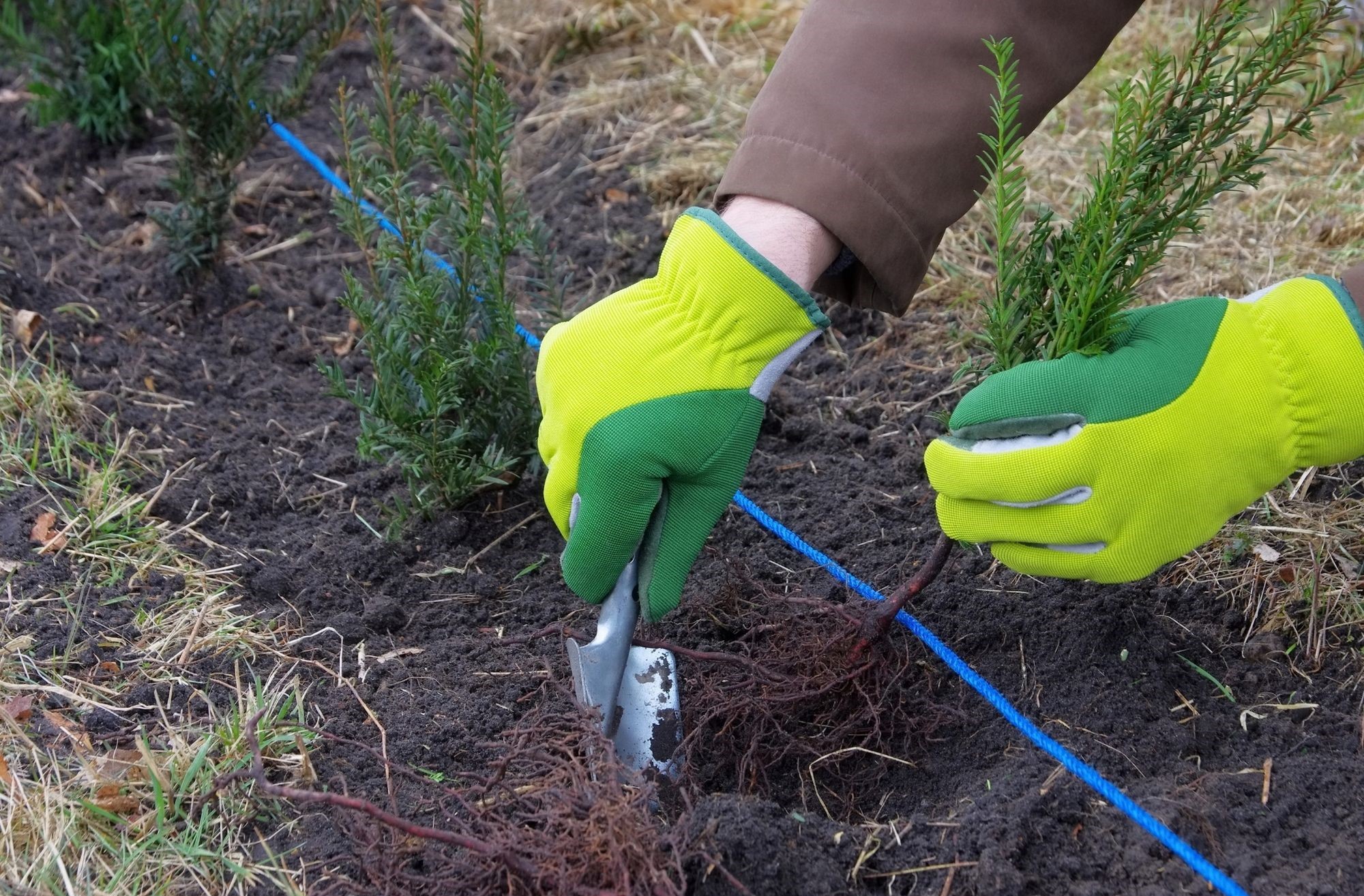
It’s clear that hedging our bets takes on a new meaning beyond the traditional definitions. While hedges have long been recognized as natural boundaries and sources of protection, we now know they also serve as a vital means of safeguarding our environment.
In a world increasingly marked by extreme weather events, hedges can play an important role in mitigating the consequences of these changes. They stand as living investments, offering not only privacy and tranquility but also substantial benefits to our surroundings.
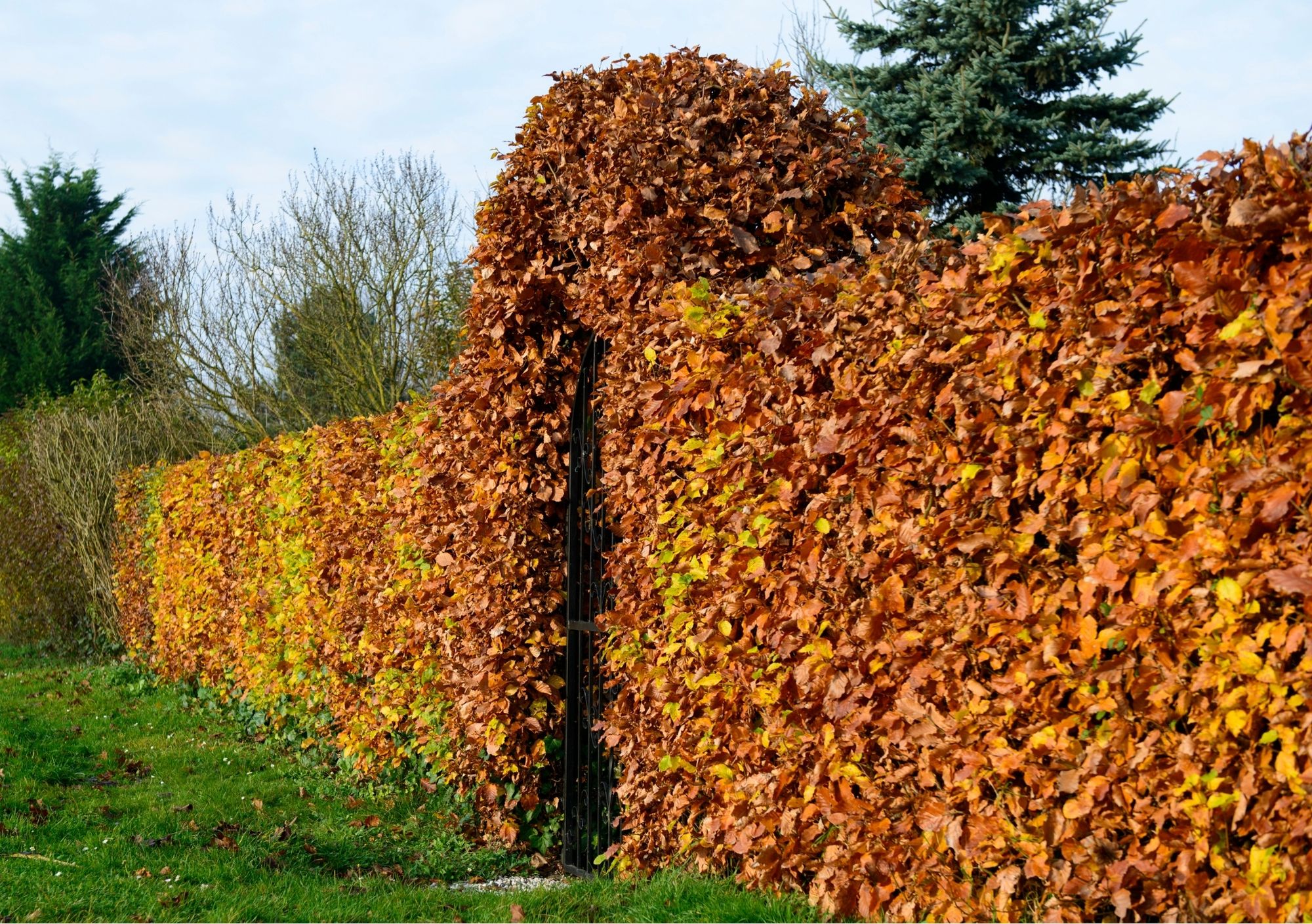
Their ever-changing tapestry, from the vibrant green of spring to the colours of autumn, beckons us to connect with the natural world in our own gardens. They are a front-row seat to nature’s ever-changing spectacle.
So, as autumn unfolds and you consider your garden’s future, remember that by planting a hedge, you are not just creating a beautiful, dynamic boundary; you are hedging your bets against the uncertainties of a changing climate, protecting our environment and the creatures that call it home.

By our resident horticultural expert





